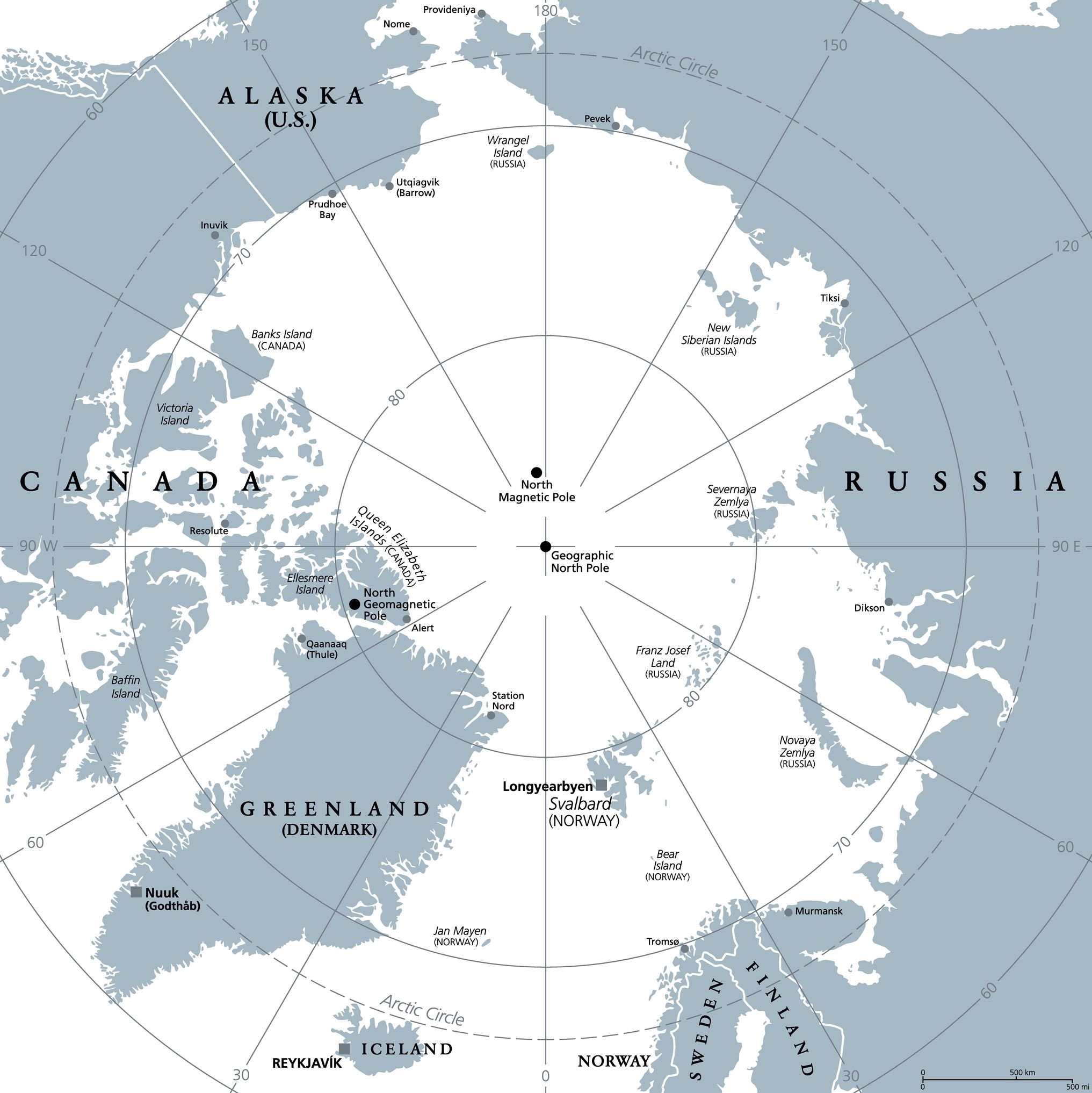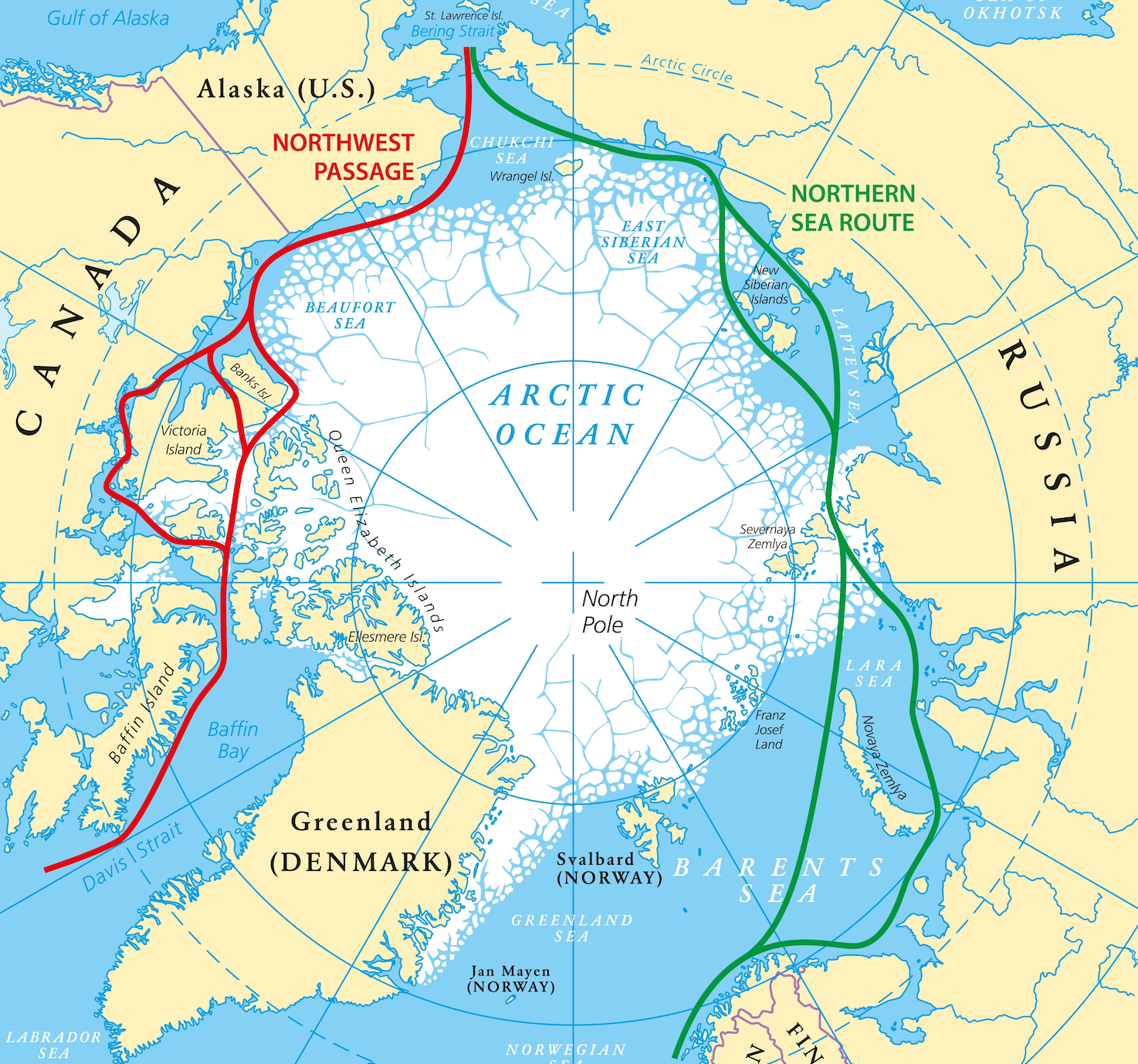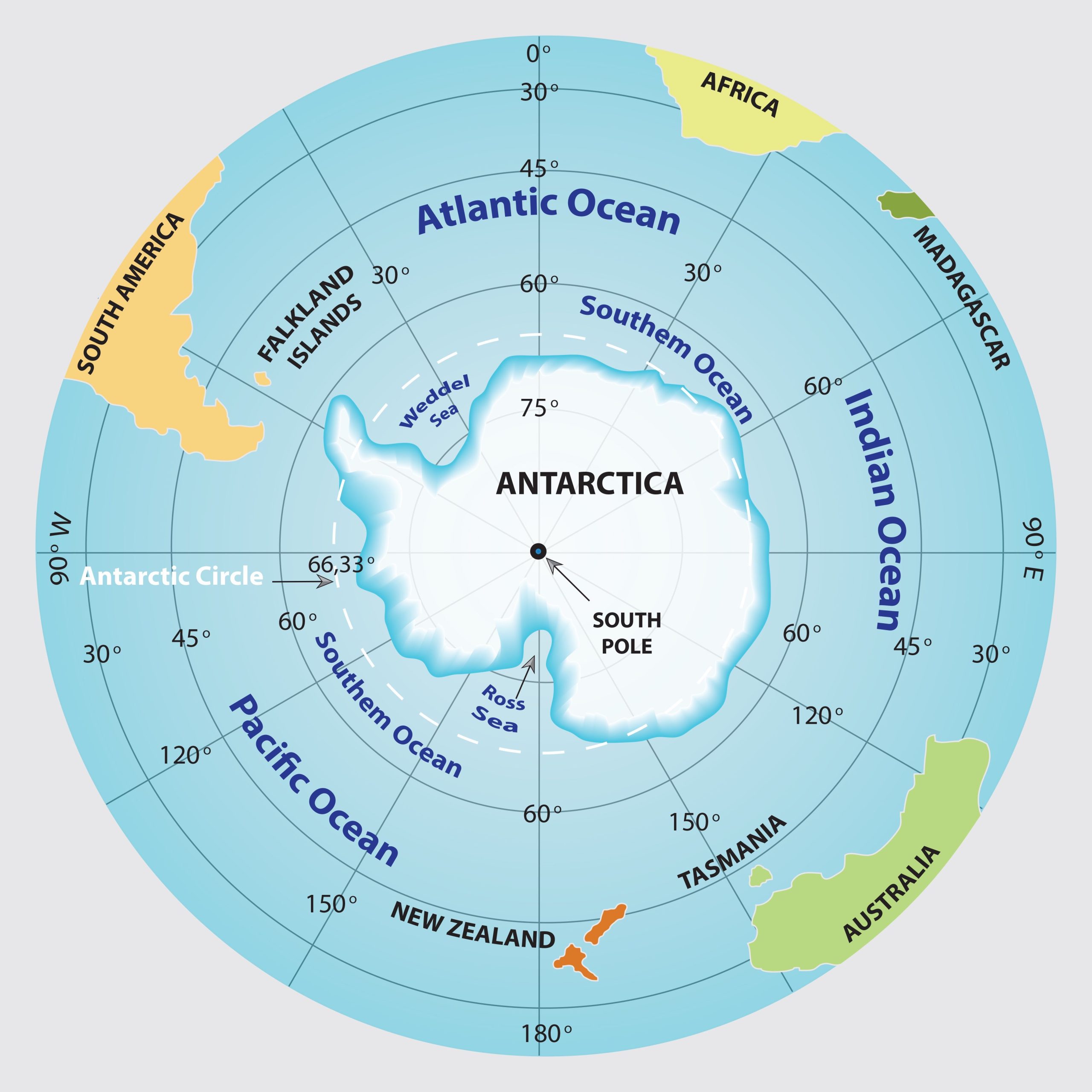
At the ECR Party Conference in Cyprus an in-depth analysis of the situation in the Arctic and Antarctic.
It is not just ice that there is in the Arctic and Antarctic but geopolitical interests and a long history of influence by a few, but big, political Countries.
On Friday 30th of March, during the ECR Party Conference organized in Cyprus, Ms. Doaa Abdel Motaal, Author & Senior Counsellor at the World Trade Organization, delivered a lecture on the topic mentioned above with the surprise and interest of the audience.
As it is well known, the South Pole (or rather Antarctica) is a totally glacial land on which scientific research stations of various states lie, be they international superpowers or countries with local geographical interests. The situation is instead different for the North Pole.
 The Arctic is in fact mostly made up of polar ice packs and the Arctic Ocean, then there are important islands and archipelagos such as Greenland (part of Denmark) or the Svalbard Islands (part of Norway) and the coastal areas of the countries bordering on the Arctic: Canada, the United States, Russia and aforementioned Denmark and Norway.
The Arctic is in fact mostly made up of polar ice packs and the Arctic Ocean, then there are important islands and archipelagos such as Greenland (part of Denmark) or the Svalbard Islands (part of Norway) and the coastal areas of the countries bordering on the Arctic: Canada, the United States, Russia and aforementioned Denmark and Norway.
A cold and inhospitable sea has become very topical again not only due to the abundance of underwater resources which obviously sharpen the claims of sovereignty over them, but there is an important mix of naval passages that opens up important scenarios both from the commercial and – unfortunately – also from a war-military point of view.
If the interpretation of the “Asian giants” (China, Japan, and India) would like to see the Arctic as an “international common good”, above all for a utilitarian reason to reduce the expansion of Russia and the United States and for the exploitation of resources for the production of their national companies, the Countries bordering the Arctic would naturally want a fairly clear and distinct regional identity.
The agreement found so far harks back to the United Nations Conference on the Law of the Sea in the 1970s, according to which states benefit from sovereignty over natural resources within 370 km of the coast, what lies beyond this limit is to be considered as an international heritage. A solution that objectively could have worked, but the main problem is the impossibility of reaching that international area without first passing through “national” waters, making it almost impossible to exploit the resources that can be found there. Suffice it to say that 13% of the world’s oil and 30% of the gas are found in the Arctic.
Who today is playing the role of the “master” is Russia: already in 2007, the Arktika 2007 expedition led by Artur Chilingarov showed the other competitors the technological advancement by planting a flag on the seabed of the North Pole, following a request of variation of the external boundaries regarding the Bering Shelf.
 There are also several very important issues: as already mentioned, the Arctic would allow a much easier passage for trade, given that the distance between Shanghai and Montreal is 7,700 nautical miles passing through the Arctic Ocean, compared to the 11,300 that separate the Chinese port itself and New York via the Suez Canal; furthermore, the Arctic represents a fundamental fishing basin, especially for those countries that make fish their main food such as Japan, but the same applies to the USA, given that 60% of the fish eaten in America comes from the Sea of Bering.
There are also several very important issues: as already mentioned, the Arctic would allow a much easier passage for trade, given that the distance between Shanghai and Montreal is 7,700 nautical miles passing through the Arctic Ocean, compared to the 11,300 that separate the Chinese port itself and New York via the Suez Canal; furthermore, the Arctic represents a fundamental fishing basin, especially for those countries that make fish their main food such as Japan, but the same applies to the USA, given that 60% of the fish eaten in America comes from the Sea of Bering.
There is also to consider the economic disaster caused by the overheating of the “pre-polar” waters: just think that the fishing economy of Scotland and Norway is in collapse while that of Iceland and the Danish colonies is more than flourishing, all due to the migration of mackerel towards colder waters.
Nowadays, however, it would be wrong and reductive to think of the Arctic situation as “everyone against Russia”: on the contrary, the claims have also seen substantially “friendly” nations involved in particularly long diplomatic conflicts. A particular case is the so-called “whisky war”, conducted between Denmark and Canada. The theater of the clash is Hans Island, an uninhabited islet that is substantially cut in half by the maritime border between the two nations: here, periodically, the Danish and Canadian navies used to arrive, hoist their flag, and leave at their feet of their banner a bottle of Danish brandy or Canadian whiskey, so that the “adversaries” could drink it while seeing the territorial claim. This dispute, particularly friendly in reality, however, lasted for 50 years, ending only a couple of years by establishing a land border on the island.
 The situation is apparently simpler for Antarctica: here there are territorial claims on which scientific bases are often installed by seven countries, namely Argentina, Australia, Chile, France, Norway, New Zealand, and the United Kingdom.
The situation is apparently simpler for Antarctica: here there are territorial claims on which scientific bases are often installed by seven countries, namely Argentina, Australia, Chile, France, Norway, New Zealand, and the United Kingdom.
The presence of the South American and Oceanian countries is given by a substantial “extension” of their national borders projected onto Antarctica, while the French and British ones derive from their colonial past. The presence of the Norwegians is curious, the result of the experience of this population in the exploration of glacial lands which gave rise to numerous explorations and subsequent claims of parts of the territory.
However, the claims are not actually recognized on a universal level but are the result of the Antarctic Treaty, signed in 1959 and in any case only partially expected, given that the Chilean claim partially overlaps with the Argentine and British areas. Above all, the Argentinians are the harbingers of claims because they immediately showed themselves to be the most interested in the use of the Antarctic territory: they are the first exploratory and research base, Base Esperanza, where, moreover, the first birth of the Antarctic continent was recorded, also if this record is debated because of a Norwegian girl who is presumed to have been born in Antarctica but was only later recorded in more hospitable lands.
It should be noted that there is a large slice of Antarctic territory, 1,610,000 km2, which is unclaimed. This area, Marie Byrd Land, was discovered by the American admiral Richard Evelyn Byrd in 1929, naming the area after his wife: although there were all the grounds for an American claim, the United States preferred not to make any claims, leaving de facto discovered the area except for a research station from 1957 to 1972.
In the 1960s, 1970s, and 1980s, various claims to small portions of territory emerged from other South American States, such as Ecuador, Uruguay, Peru, and Brazil, which obviously have an interest in exploiting the territory for scientific research. Today, Antarctica is a true world laboratory with 77 stations launched by 29 different nations.
The Antarctic Treaty, to which a Protocol was added in 1998, prohibits any war exercises or mining for purposes other than scientific research, in one of the real points of geopolitical cohesion on a global level. However, the ban on mining expires in 2048, i.e. 50 years after the signing of the Protocol.
According to several observers, it is likely that the Protocol will be signed again and its validity extended, also and above all so as not to alter any type of environmental and geopolitical balance. However, it is a fact that, if in 2048 there are supply problems much more serious than the current ones, Antarctica could become very interesting and at that point, it will be difficult to slow down the “ice race” leaving disputes over territorial claims unresolved. , just as it will be very complicated to curb the interests of Russia, China, Japan, and the United States in occupying even significant portions of land.
The Arctic and Antarctic regions have become the epicenter of a new, intense “Cold War” scenario. We might say this remains a play on words by now, but still highlights a reality that demands attention. The world’s major powers are engaged in a fierce competition for control over the vast and valuable resources hidden within these remote regions. These areas were once considered barren and inhospitable; however, they have since been discovered to be home to a treasure trove of natural resources, including oil, gas, minerals, and fisheries. Given the strategic importance of these resources, it is no surprise that many nations are seeking to secure their interests in these remote, yet valuable, regions.



 Subscribe
Subscribe